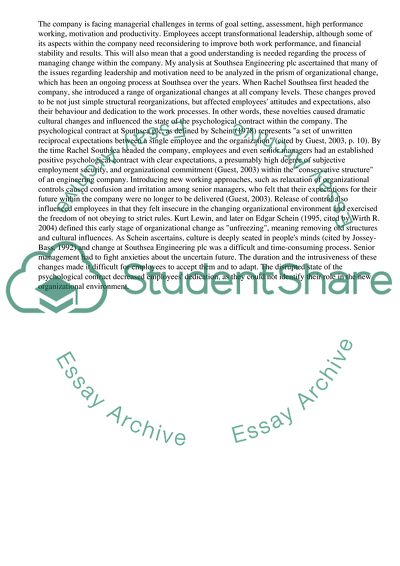Cite this document
(Leadership and Motivation at Southsea Engineering Case Study, n.d.)
Leadership and Motivation at Southsea Engineering Case Study. Retrieved from https://studentshare.org/management/1504061-leadership-motivation
Leadership and Motivation at Southsea Engineering Case Study. Retrieved from https://studentshare.org/management/1504061-leadership-motivation
(Leadership and Motivation at Southsea Engineering Case Study)
Leadership and Motivation at Southsea Engineering Case Study. https://studentshare.org/management/1504061-leadership-motivation.
Leadership and Motivation at Southsea Engineering Case Study. https://studentshare.org/management/1504061-leadership-motivation.
“Leadership and Motivation at Southsea Engineering Case Study”, n.d. https://studentshare.org/management/1504061-leadership-motivation.


